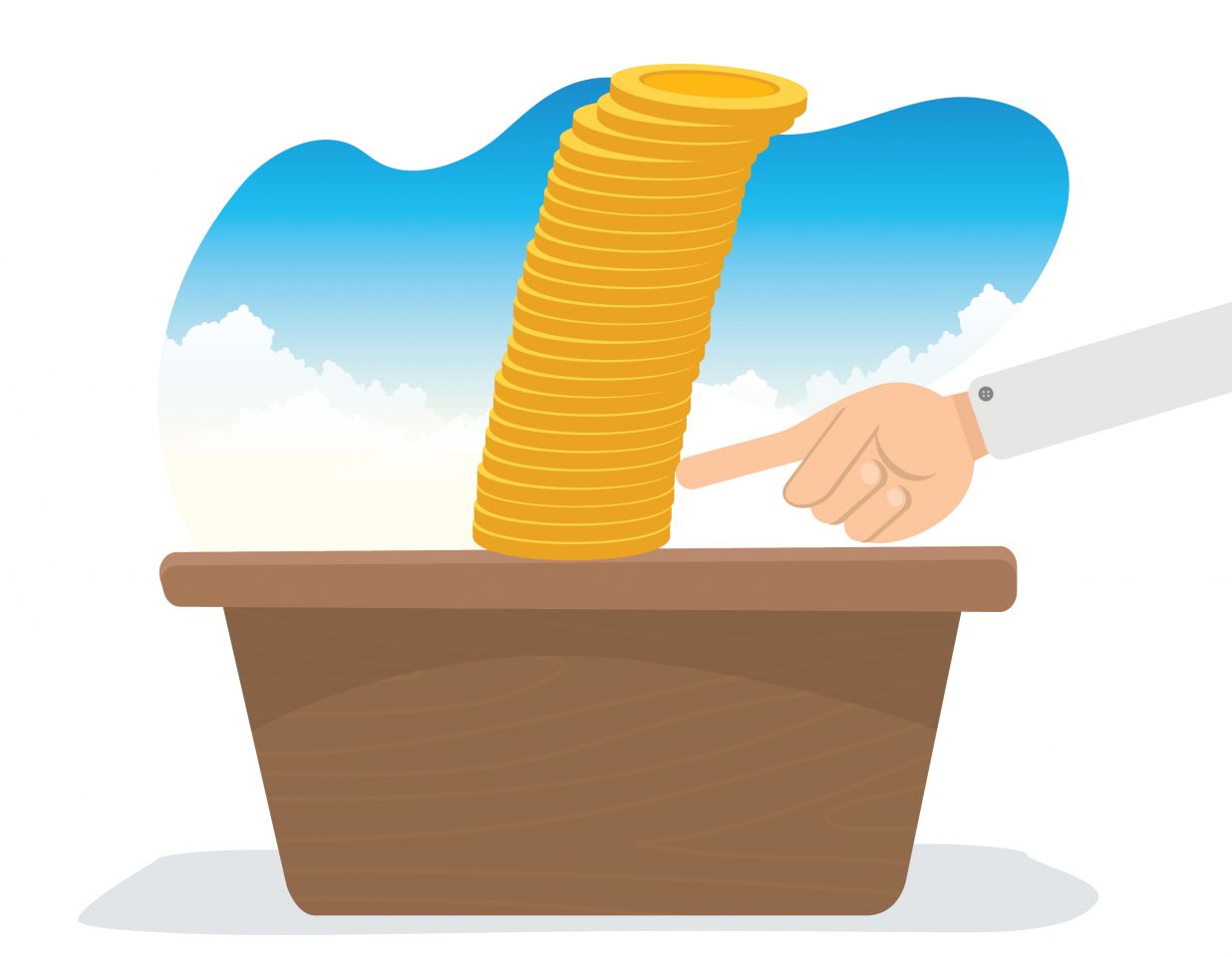What is microfinance?

Microfinance is a special category of financial services, targeting small businesses and individuals who lack access to traditional financial resources from banking institutions. Microfinance, also referred to as microcredit, is targeted for low-income or unemployed individuals who can’t otherwise access other financial services.
The major microcredit meaning lies in providing lending in the form of microloans, which can range from $100 to $25,000. Some banks also provide additional services, such as checking and savings accounts, microinsurance products, and even business and financial education.
The goal of microfinance is to support small businesses and impoverished people, giving them an opportunity to become self-sufficient.
How does microfinance work?
Microfinance services are granted to low-income people, who do not have enough income to do business with traditional financial institutions. Microfinance allows people to take on reasonable business loans safely. Although microcredit practices exist worldwide, the major part of microfinance operations takes place in developing countries, including Honduras, Uganda, Serbia and Indonesia. Some microfinance institutions target particularly women.
The usual loan, sometimes as little as $100, may seem too small for people in the developed countries, but for many people in lower income countries it could be enough to start a business. According to the World Bank’s data as of 2020, more than 500 million people directly or indirectly benefited from microfinance-related operations. Still, these kinds of services are available to only twenty per cent out of the three billion people who qualify as the world’s income poor.
The benefits of microfinance go beyond its direct effect of providing people with money. Supporting entrepreneurs who build successful businesses with the help of microloans, eventually helps to create more jobs, develop trade and improve the economic situation in a particular community.

Criticism of microfinancing
Despite numerous positive examples of how microcredit helped to launch a successful business, some criticism still exists. Although microfinance interest rates are usually much lower than that of traditional banks, critics argue that they are still making money from the poor.
For-profit microfinance institutions are widely criticised that the higher interest rates for microcredits will create a debt trap for low-income customers. Some experts argue that a microloan of $100 will not give an individual an independence, but just help to cover their basic needs, like shelter and food. The presence of interest payments, even low, is still a burden.
They consider creating new jobs by producing new goods or building factories a much better approach, taking India and China as an example, where industrial development helped to boost stable employment and secured higher wages, saving millions of people from poverty.